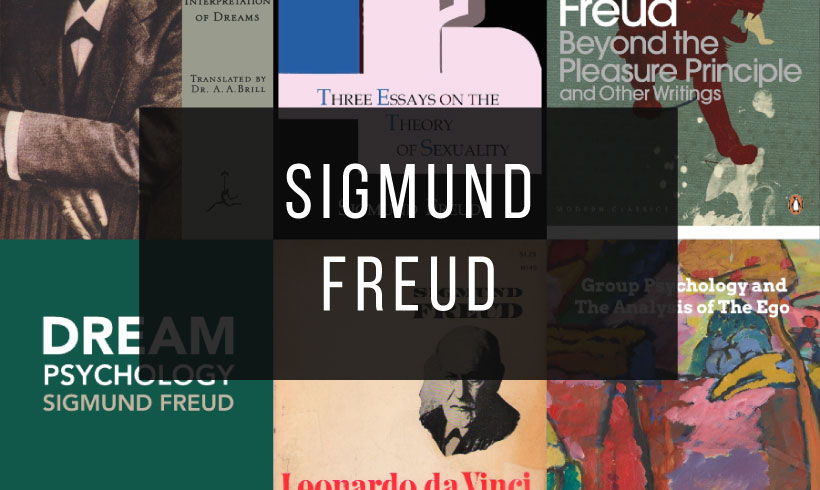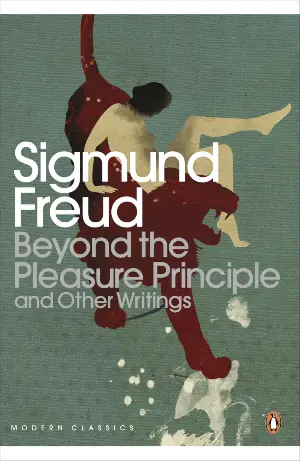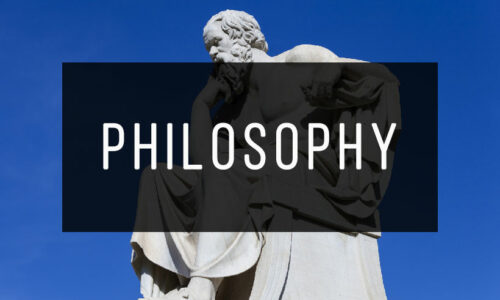Delve into the groundbreaking works of Sigmund Freud with our free collection of Sigmund Freud books in PDF format.
Sigmund Freud, the father of psychoanalysis, revolutionized our understanding of the human mind and behavior. His theories on the unconscious, dreams, and human development remain influential in psychology and beyond.
From the transformative The Interpretation of Dreams to influential works like Civilization and Its Discontents and Three Essays on the Theory of Sexuality, Sigmund Freud’s writings offer profound insights into the complexities of the human psyche.
Perfect for students of psychology, philosophy, and anyone curious about the workings of the mind, this collection provides access to the ideas that shaped modern thought.
Download these Sigmund Freud books in PDF now and explore the fascinating theories of one of history’s most influential thinkers.
1) The Interpretation of Dreams
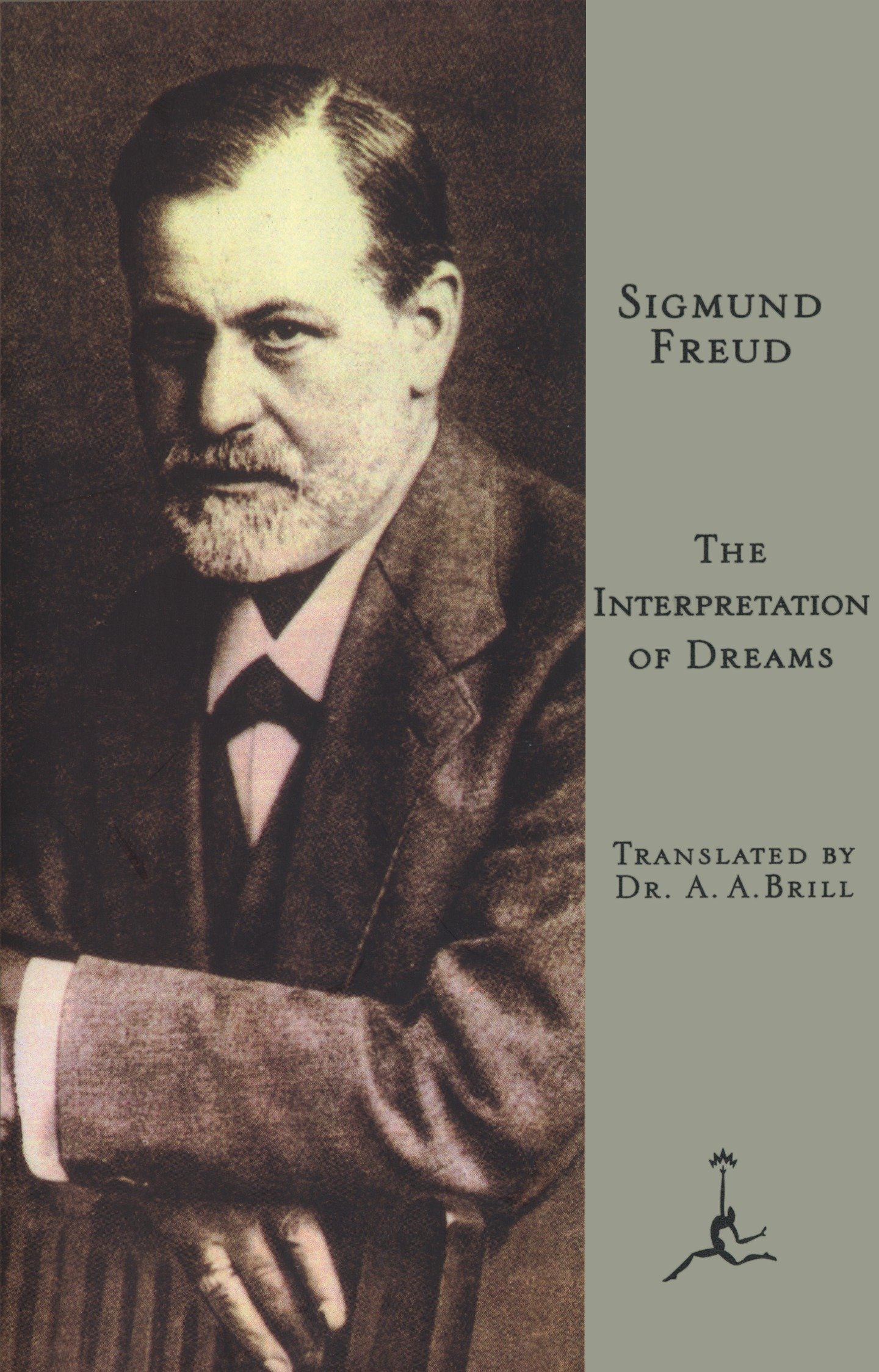
For many, this is the book that determined the beginning of psychoanalysis. In The Interpretation of Dreams Freud puts forward the theory that our dreams may be the way in which our non-conscious thoughts emerge to our consciousness, through messages emitted with the use of symbols.
In this case dreams would be the manifestation of repressed desires that come to light when we sleep.
In this work Freud presented a mechanism to be able to interpret the images and contents. It was also in this work that the concept of the «ego» appears for the first time.
2) Psychopathology of Everyday Life
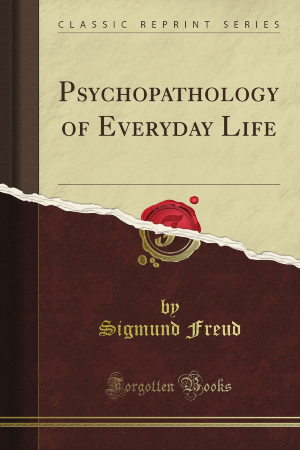
Freudian theory deals with the origin of the symptoms of serious mental pathologies and, at the same time, tries to explain the essential psychological mechanisms behind the actions of human beings in general.
In Psychopathology of Everyday Life, Freud explains how, in his opinion, the functioning of our unconscious generates the appearance of small inconsistencies in our behavior: lapses, confused words and, in general, what the psychoanalyst called failed acts. He also explains the possible failures in the functioning of the human psyche that, from his perspective, could be behind these phenomena.
3) Three Essays on the Theory of Sexuality
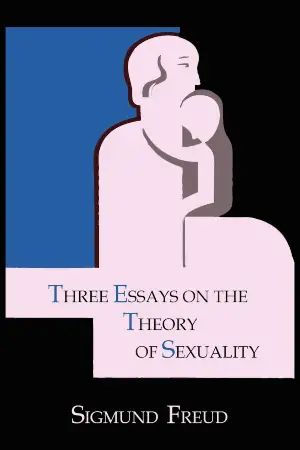
Three Essays on the Theory of Sexuality is considered one of Freud’s most relevant texts, since it embodies the concepts that make up the Freudian theory of psychosexual development.
This group of three essays is very interesting and useful to comprehensively understand the legacy of the creator of psychoanalysis.
Freud used the theme of sexuality as the center of all psychological gear, which caused serious differences with several of his colleagues.
4) Delusion and Dream in Jensen's Gradiva
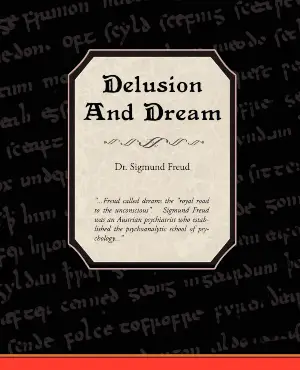
Sigmund Freud wrote Delusion and Dream in Jensen’s Gradiva in 1906 and it was published in May 1907. It can be regarded as his interpretation of the 1903 novel Gradiva by the German writer Wilhelm Jensen, which the psychiatrist Carl Gustav Jung recommended to Freud.
In this novel, a young man named Norbert Hanold, while visiting a museum, is struck by the beauty of a bas-relief of a young Roman girl, whom he calls “Gradiva”. As the days go by, his thoughts are invaded by the image of this woman, dreaming of her and becoming obsessed with the idea of meeting her.
It is believed that the reason for Jung’s recommendation to Freud is based on the fact that Gradiva deals with the subject of dreams, and it is well known that the Austrian psychoanalyst was interested in the role of dreams in the psyche of people, as he shows in The Interpretation of Dreams.
5) Notes upon a Case of Obsessional Neurosis (the Rat Man case history)
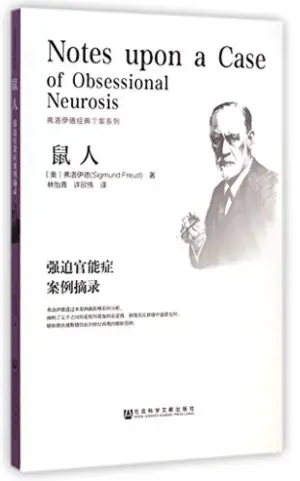
In October 1909, Freud published in Germany Notes upon a Case of Obsessional Neurosis, also known as the Rat Man case history, a nickname Freud gave him because the patient suffered from nightmares related to rats.
The intention of the publication of this work was to demonstrate that psychoanalysis could indeed achieve effective therapeutic results (or so he stated), being under pressure since he had previously been unable to publish any successful results of psychoanalysis. In this way, he was finally able to demonstrate to the world his therapeutic capabilities.
The patient, whose identity is still speculated today, was in treatment for about 6 months starting in October 1907. It is worth mentioning that the first 3 months the treatment was regular and daily, and the second trimester was sporadic and irregular.
6) Totem and Taboo: Resemblances between the Psychic Lives of Savages and Neurotics

Totem and Taboo is a book out of the ordinary among Freud’s works. In it, the Viennese physician deals with historically rooted cultural and social phenomena. It covers topics related to religion, rituals and archeology.
It is a book of great interest in the anthropological field, since in essence the book tries to explain the origins of the human species through psychoanalytic interpretations.
7) A General Introduction to Psychoanalysis
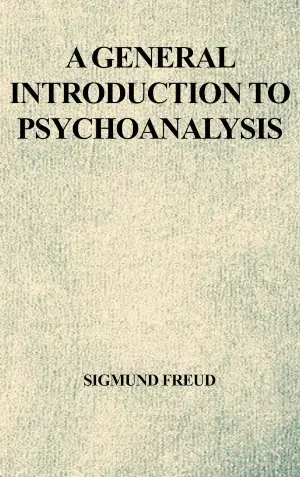
The lines of text exposed in this work of Freud, explain the main bases of psychoanalytic theory and details the pillars on which the psychoanalyst relied to develop his work. This book is an excellent tool to understand what the father of psychology understood by the unconscious, dreams, neurosis and repression, among others.
Freud’s ideas in A General Introduction to Psychoanalysis constitute an excellent guide to understand the human being as never before achieved.
8) Beyond the Pleasure Principle
9) Group Psychology and the Analysis of the Ego
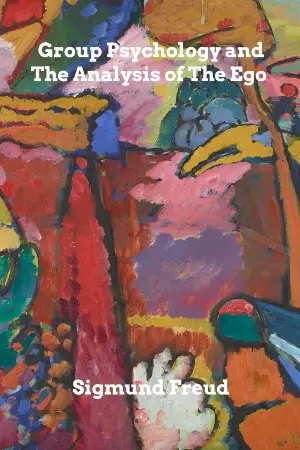
Group Psychology and the Analysis of the Ego brings together three works by Freud developed in the context of the impressive struggle that ravaged Europe between 1914 and 1919.
The work studies the individual as a member of social aggregates. «Beyond the Pleasure Principle» gives entry for the first time in psychoanalytic theory to the death instinct, the dialectical partner of the life instinct. Finally, «The Future of an Illusion» is a reflection on the possibilities of a non-repressive culture.
10) The Future of an Illusion
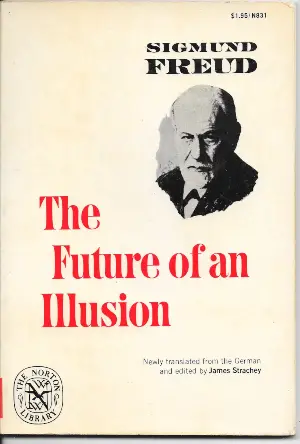
What is the value of religious ideas? What is the psychological meaning of religious representations? With these questions, Freud presents a critical analysis of the relationship between culture and religion.
The Future of an Illusion examines the role that faith can play in human life, what it means to man, and why, as a species, we are inclined toward it.
11) Dream Psychology
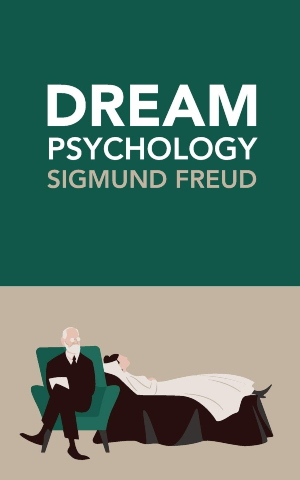
Freud was one of the first neurologists to study and interpret dreams, as well as to project them in the context of people’s daily lives. For him, the meaning of dreams had to be interpreted in depth in order to know the desires of the unconscious.
The Austrian physician affirmed that the images observed in dreams are not usually what they appear to be, but are an attempt by the unconscious to resolve some past or current conflict. Moreover, he regarded them as extra information that his patients were unable to convey in the waking state.
In 1920’s Dream Psychology Sigmund Freud asserts that his patients’ dreams were related to their mental disorders, and he uses them to illustrate his theories of psychoanalysis.
12) A young Girl's Diary
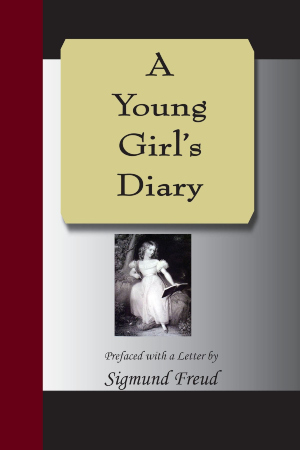
A young Girl’s Diary, as its name suggests, is a diary that was first published in 1919, being somewhat controversial for its time due to the honesty and frankness with which its author – a Viennese girl between 11 and 14 years old and whose identity is still unknown – recounts her transition from childhood to puberty, narrating intimacies, events and daily experiences in an expressive, emotional and sincere way.
This diary is prefaced with a letter dated April 1915 from the influential psychoanalyst Sigmund Freud, known for having focused part of his studies on the field of sexuality, and presents this work as a means of analyzing the development of a girl during years of great importance for personal growth.
Freud considered the diary to be a document of high value, expressing the following words “So charming, so serious, and so artless, that it cannot fail to be of supreme interest to educationists and psychologists”, and “This diary is a gem. Never before, I believe, has anything been written enabling us to see so clearly into the soul of a young girl… during the years of pubertal development”
13) Thoughts for the Times on War and Death

In 1915, with the world conflict unleashed, Freud analyzed in Thoughts for the Times on War and Death the complicated relations that link war and death. War has ruined the illusion that cultural acquisitions were unalterable, and has mercilessly stripped primordial drive movements.
Civilized man behaves in the face of death just like the primordial man of Totem and Taboo. In 1932, as Nazism prepared to devastate all of Europe, Einstein and Freud reflected on the most appropriate means to put war aside.
For the right to prevail over violence, it is important, once again, to favor the cultural process.
14) Leonardo da Vinci
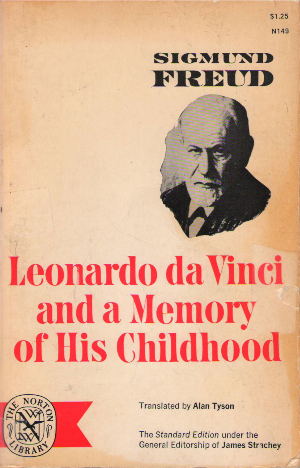
This biography of Leonardo Da Vinci by Sigmund Freud was a milestone. After it, no other biography is considered complete without delving into the origins and childhood of the character.
The set of hypotheses with which Freud believes he has solved the construction of the dream figure of Leonardo da Vinci may make Leonardo da Vinci fall into the classification of a psychoanalytic novel, but the portrait is by no means the fruit of a dream or a myth.


